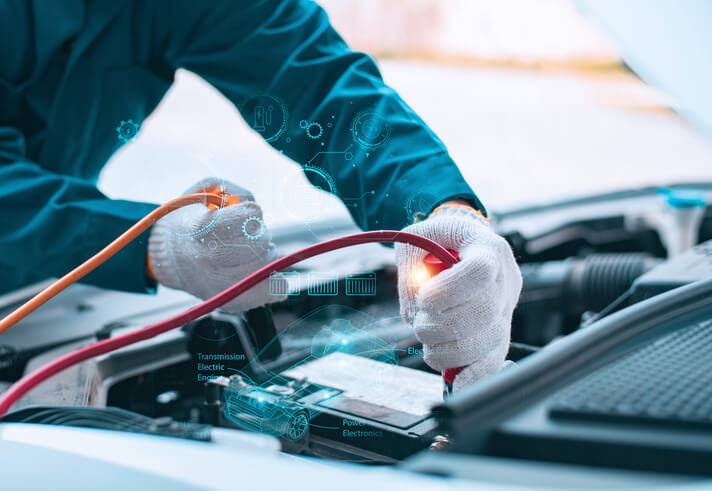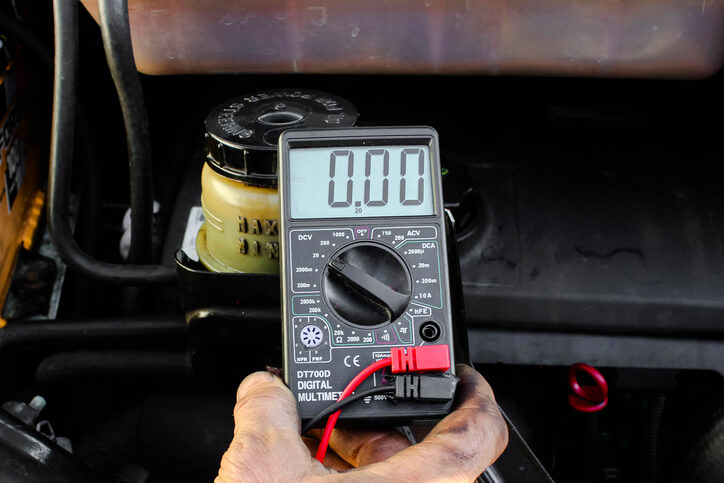How to Diagnose Phantom Drains: A Growing Challenge with Modern Vehicles
The vehicle is off. The driver is home. But by morning, the battery is dead again. Sound familiar? You may be dealing with what technicians call a phantom drain, and diagnosing it has become one of the more complex challenges for modern auto mechanics.
Solving this issue isn’t just about popping the hood and checking the battery, it’s about understanding how electrical systems behave when the vehicle is supposed to be asleep. At ATC Surrey, automotive students learn how to pinpoint and resolve these hidden power draws with precision, saving customers time, frustration, and the cost of unnecessary replacements.
What Is a Phantom Drain?
A phantom drain, also known as a parasitic drain, occurs when an electrical component in the vehicle continues to draw power from the battery after the ignition is turned off. While a small amount of current is normal, such as the power needed to maintain memory settings for your radio or alarm system, some vehicles draw more than they should due to faulty modules, wiring issues, or aftermarket electronics.
In modern cars equipped with advanced infotainment systems, keyless entry, sensors, and always-on processors, these drains are becoming more common and harder to track.

What Causes Phantom Drains?
There’s no one-size-fits-all answer, which is why diagnostic skill is key. Common culprits include:
- Glove box or trunk lights that stay on
- Malfunctioning control modules that don’t enter sleep mode
- Faulty aftermarket accessories like remote starters or dash cams
- Short circuits or aging wiring
- Corroded battery terminals or poor grounds
These symptoms can look like a dying battery or a bad alternator to an untrained eye, but replacing those components won’t fix the problem.
How Auto Mechanic Training Prepares You to Solve It
At a professional auto mechanic school like ATC Surrey, students learn how to approach phantom drains using a structured, step-by-step process. Training focuses on:
- Reading and interpreting wiring diagrams
- Using multimeters and ammeters for accurate current measurement
- Locating and pulling fuses to isolate the problem circuit
- Identifying when a system should go into sleep mode and when it doesn’t
- Understanding manufacturer-specific behaviour and diagnostic protocols
This hands-on experience allows students to confidently diagnose electrical issues that would otherwise lead to trial-and-error repairs in the field.

Real-World Repair: Diagnosing a Drain
Imagine a customer brings in a late-model vehicle with frequent battery failures. After confirming that the battery and alternator are fine, a properly trained auto mechanic will begin a parasitic draw test. By measuring current draw with the car fully off and waiting for modules to enter sleep mode, the technician can identify excessive current and trace it back to a specific circuit, perhaps a malfunctioning Bluetooth module that never shuts down.
This type of repair isn’t just about swapping parts, it’s about thinking like a technician. And it’s exactly the kind of problem-solving approach students gain through auto mechanic training at ATC.
Why It Matters in the Modern Shop
With every model year, vehicles become more complex. The number of electronic systems running quietly in the background increases, and so does the chance of failure. Mechanics who know how to read schematics, isolate issues, and test correctly are becoming indispensable in the shop.
By mastering electrical diagnostics, including parasitic draw testing, graduates of ATC Surrey are prepared to handle the kinds of issues that others struggle with, giving them a competitive edge in hiring and long-term success.
Are you looking for comprehensive automotive training?
Contact ATC Surrey for more information.


